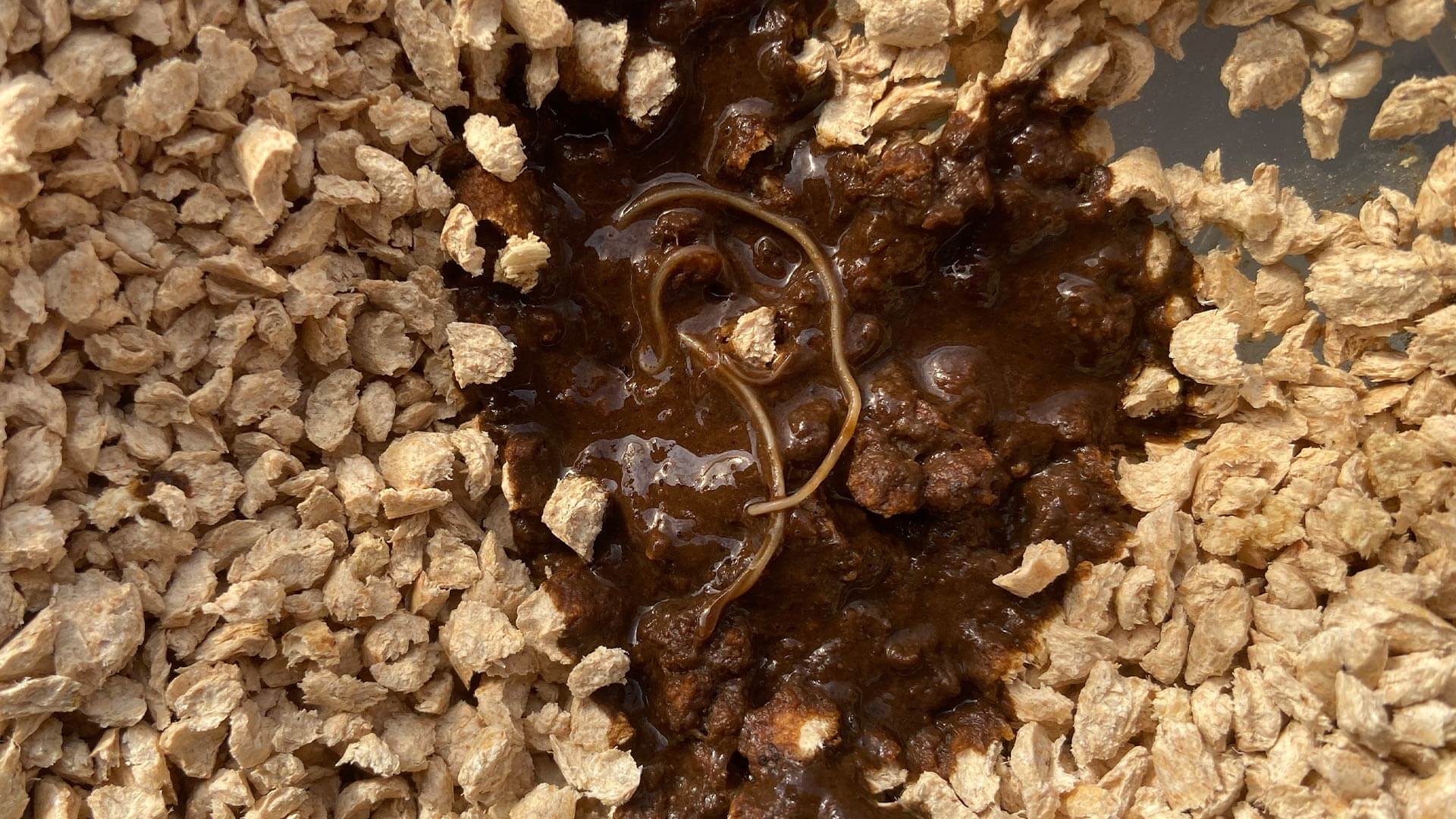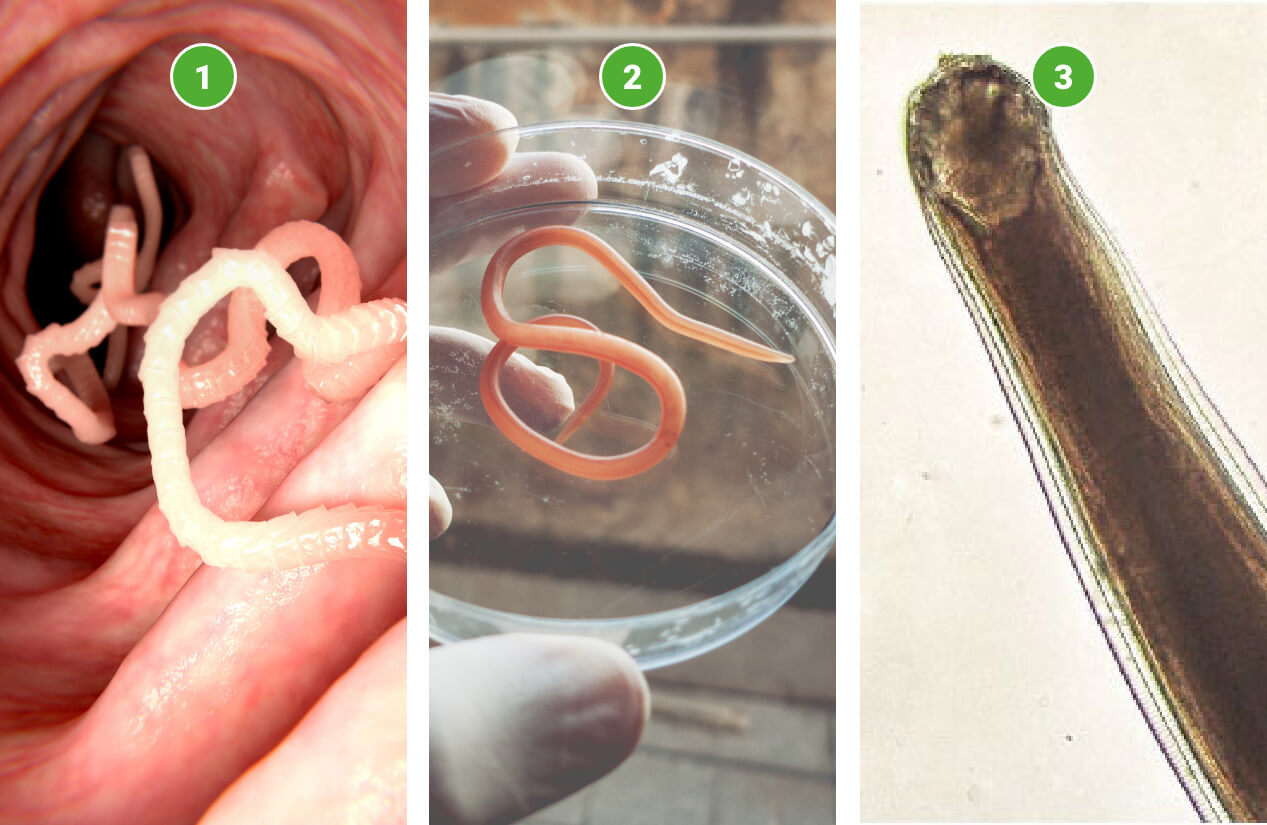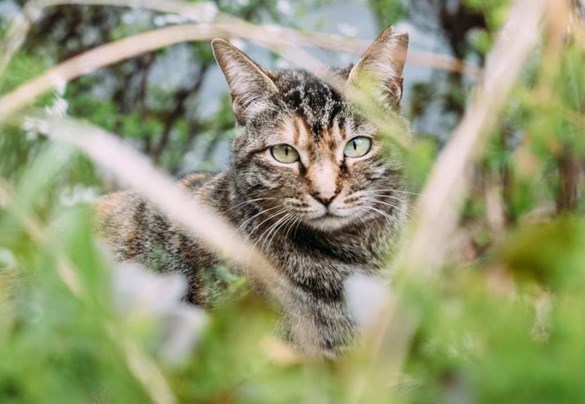
Identifying Worms In Cats: What Do Worms Look Like?
SHARE THIS PAGE
WHY IT’S SO IMPORTANT TO LOOK OUT FOR WORMS IN YOUR CAT
WHAT DO WORMS LOOK LIKE?

Some worms are really only evident internally, so it’s vital you keep a regular worming routine for your pet to ensure they don’t carry different types of worms.
Here’s a quick visual guide of what each worm is, and what it could look like:
1. TAPEWORM: These small white worms are separated into segments that look like grains of rice, and are found on your cat’s bottom, in your cat’s poop, or where your cat lives and sleeps.
2. ROUNDWORM: Appearing white or cream in colour, adult roundworms live in the cat’s intestines and they may be up to 10-15cm long. You might notice adult roundworms in your cat’s faeces or vomit.
3. HOOKWORM: By attaching itself to the lining of the intestinal wall, the hookworm feeds on your cat’s blood. If they are passed out in faeces, they are very hard to see as they are only around 1-2cm long and very thin.

WHAT ARE THE SYMPTOMS OF YOUR CAT HAVING WORMS?
We’ve collated a range of the kinds of symptoms you should look for here but the bad news is, your cat could have worms and not show any outward signs or symptoms at all.
So that’s why it’s so important to have a regular worming routine.
LOOKING FOR WORMS BUT NOT FINDING ANY?
HOW DO I KEEP WORMS AT BAY IN MY CAT OR KITTEN?
Avoiding high risk behaviours such as hunting and swallowing soil can help, though the best way to be sure is to worm regularly – up to once a month in some cases. It’s so important to know that some cats could have worms and show no outward signs of an infestation, but this could cause long-term health problems and even present a risk to human health through the eggs which are shed into the environment. Discover more about how to quickly and effectively treat worms in your cat or kitten.
OTHER PEOPLE ARE ALSO READING

SYMPTOMS OF WORMS IN CATS
You love your cat. And for the most part, you’ll know it’s easy to tell how they’re feeling or what they want. Except when it comes to knowing if they have worms.
